Table of Content
Content optimization for SEO is more than just adding keywords—it’s about creating high-quality, engaging content that ranks well and keeps your audience interested. In this guide, discover 12 effective SEO content optimization strategies to boost your search rankings and improve user engagement.
Learn proven techniques for crafting SEO-friendly content, including keyword integration, targeting user intent, improving readability, and updating outdated articles. This guide offers actionable tips, step-by-step advice, and insights into key performance metrics to help your content perform better in search engines and connect with your audience.
Whether you’re new to SEO or want to improve your content strategy, these step-by-step content SEO tips will help your content stand out in today’s competitive digital landscape. Ready to optimize your content and climb the search rankings? Let’s dive in!
What is Content Optimization and Why Does It Matter?
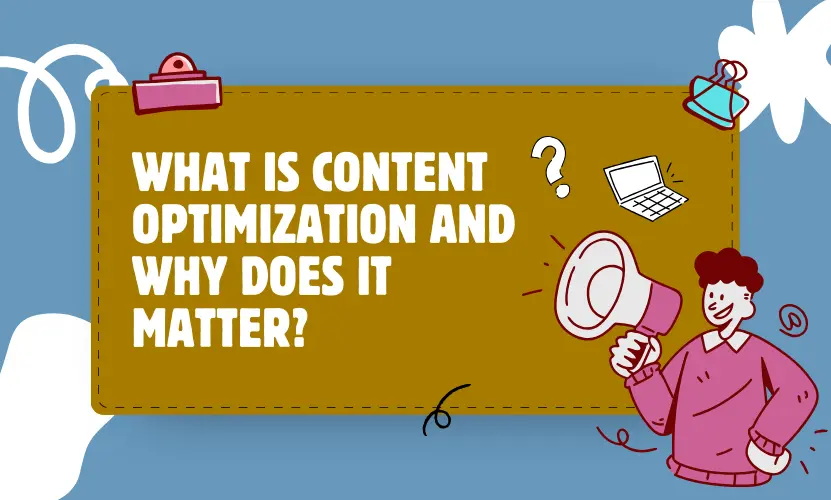
Content optimization in SEO is all about improving your content to rank higher on search engines and attract the right audience. This means creating engaging, informative, and relevant content that aligns with user intent and search engine algorithms. Key strategies include keyword research to target popular search terms, structuring your content for easy readability, adding multimedia like images and videos, and monitoring performance to refine your approach. By optimizing your content, you can boost your website’s visibility, drive more organic traffic, and deliver value to your audience.
Content optimization tips bridge the gap between your content and your audience’s needs, helping it rank higher on search engine results pages (SERPs). Search engines like Google prioritize relevant, high-quality, and user-friendly content, making optimization essential to avoid missed opportunities for traffic, engagement, and conversions. By following step-by-step content SEO tips, such as targeting the right keywords, optimizing meta descriptions, and refreshing old content, you can boost visibility. Leveraging blog content optimization tips and using the best content optimization tools ensures your content stays competitive and adapts to evolving trends, making optimization a crucial part of success in today’s digital landscape.
Content Optimization vs. Content Creation: Key Differences
Content creation and content optimization are both essential for a successful SEO strategy, but they serve different purposes. Here’s a breakdown of their key differences:
| Aspect | Content Creation | Content Optimization |
| Purpose | Produces new, valuable content for the audience. | Refines and enhances existing content for better search performance. |
| Focus | Adds unique insights, ideas, and information. | Aligns content with SEO best practices and user intent. |
| Goal | Addresses questions, needs, or interests of the target audience. | Increases content discoverability, readability, and relevance. |
| Process | Involves brainstorming, researching, and writing. | Involves keyword integration, metadata refinement, and structural adjustments. |
| Frequency | Often done on an ongoing basis to keep content fresh and relevant. | Periodically done to keep content updated and optimized as SEO standards evolve. |
| SEO Impact | Depends on how the content is initially crafted with SEO in mind. | Directly impacts SEO by refining content for higher rankings and visibility. |
| Key Activities | Writing, designing visuals, planning layout, structuring for engagement. | Keyword adjustments, meta tag updates, improving internal/external links, image optimization. |
| End Result | New content that provides value to users and addresses specific queries. | Enhanced content that ranks higher, drives traffic, and remains relevant. |
Effective Content Optimization Tips for Better SEO
What separates mediocre content from top-ranking content? The answer lies in content optimization tips that not only make your content more discoverable but also more impactful. In this blog, you’ll learn step-by-step content SEO tips, how to utilize the best content optimization tools, and the art of blog content optimization tips to dominate the digital space.
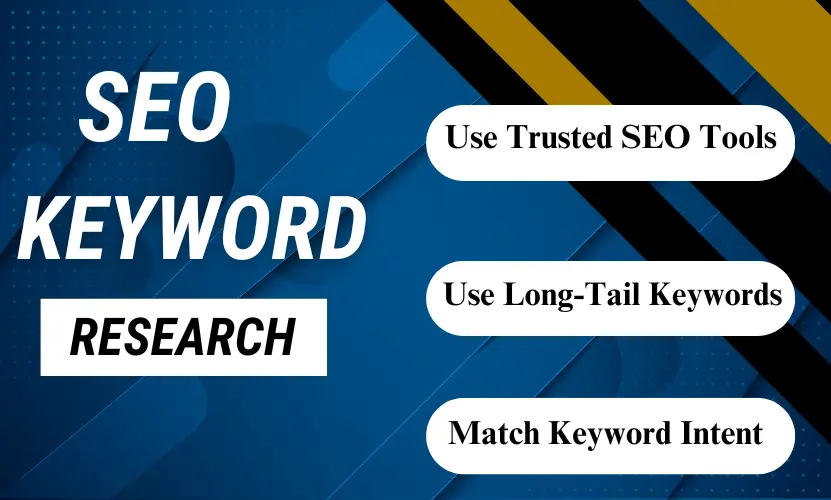
1. Start with Keyword Research
Keyword research forms the backbone of any successful content optimization in SEO. If you don’t know what your audience is searching for, your content won’t rank well on search engines, no matter how well it’s written. Understanding keywords and search intent is essential to creating content that attracts traffic and improves visibility online.
Why It Matters
Keywords bridge the gap between your content and the queries your audience types into search engines. By targeting the right keywords, you can attract highly relevant traffic, increase engagement, and improve your chances of ranking higher on SERPs. Effective content optimization in SEO, including blog content optimization tips, plays a key role in ensuring your content aligns with what your audience is searching for.
How to Do It
- Use Trusted SEO Tools: Platforms like Google Keyword Planner, Ahrefs, and SEMrush are essential for finding high-traffic, low-competition keywords. These tools help you focus on the best keyword opportunities to boost your content’s visibility.
- Focus on Long-Tail Keywords: Target specific, low-competition phrases like “SEO tips for beginners“ or “how to optimize blog content for SEO“. Long-tail keywords are easier to rank for and often lead to higher conversion rates.
- Match Keyword Intent: Understanding search intent is key for effective SEO. Choose keywords based on what your audience wants—whether it’s informational (e.g., “how to improve SEO rankings“), transactional (e.g., “best SEO tools for content optimization“), or navigational (e.g., “guide to content optimization in SEO“). Aligning your content with intent ensures better engagement and results.
By conducting thorough keyword research, you lay a strong foundation for your content strategy and content optimization in SEO, ensuring that your efforts align with user demand.
2. Focus on Search Intent
Understanding and aligning your content with user intent is a cornerstone of content optimization tips. Search engines prioritize content that satisfies the user’s purpose behind a query.
Types of Search Intent
- Informational Search Intent: Users are looking for answers or insights, such as “Best tools for content optimization” or “How to optimize content for SEO.”
- Navigational Search Intent: Users want to find a specific website or resource, like “Rankonix blog on content optimization” or “Rankonix SEO tools.”
- Transactional Search Intent: Users are ready to take action, whether it’s buying or signing up, for example, “Purchase content optimization services” or “Sign up for blog optimization tools.”
Actionable Tips
- Identify and Target Search Intent: Use popular keyword tools like Ahrefs and SEMrush to analyze and categorize keywords by intent. For example, terms like “how to improve SEO for content” indicate informational intent, while phrases such as “best tools for content optimization” suggest commercial intent.
- Create Content That Matches User Needs: For informational searches, focus on writing high-quality how-to guides, tutorials, and FAQs that provide real value. For transactional searches, develop optimized landing pages with strong calls-to-action (CTAs) that drive conversions.
- Answer Commonly Asked Questions: Use tools like LSIGraph or check Google’s “People Also Ask” section to discover related queries. Incorporate these questions and answers into your content to boost visibility and engagement.
By aligning your content strategy with user intent and incorporating related search queries, you can improve rankings and attract more targeted traffic.
3. Craft Engaging Titles and Meta Descriptions
Titles and meta descriptions are the gateway to your content, serving as the first impression for users. They should be compelling, informative, and carefully optimized to grab attention and boost click-through rates (CTR).
Best Practices for Titles
- Use Keywords Strategically: Start your title with a primary keyword, such as “content optimization tips,” to improve search rankings and grab attention.
- Keep Titles Short and Clear: Make sure your titles are under 60 characters to avoid being cut off in search results, ensuring maximum visibility.
- Boost Engagement with Numbers and Power Words: Include numbers (e.g., “12 Effective Content Optimization Tips”) and persuasive terms like “Ultimate” or “Secrets” to create eye-catching, clickable titles.
Best Practices for Meta Descriptions
- Keep Meta Descriptions Under 160 Characters: Make sure your meta description fits within search results to maximize visibility and clicks.
- Use Target Keywords: Include phrases like “SEO tips for blog content“ and “top content optimization tools“ to improve search rankings.
- Highlight Your Unique Value: Showcase what makes your content valuable, such as “Learn proven SEO strategies to improve rankings and boost website traffic.”
Crafting clear, keyword-rich titles and meta descriptions helps your content stand out in search results, drive clicks, and outshine competitors in traffic and engagement.
4. Structure Your Content for Readability
Even the most informative content can drive users away if it’s difficult to read. Prioritizing readability not only keeps users engaged but also signals high-quality content to search engines.
Key Techniques
- Use Clear Headings for Better SEO: Organize your content with H1, H2, and H3 headings to improve readability and boost search engine rankings. For instance, using an H2 like “SEO Tips for Better Content Structure“ makes key sections stand out.
- Write Short, Easy-to-Read Paragraphs: Keep paragraphs concise with 2-3 sentences to ensure your content is skimmable and user-friendly. Search engines favor content that’s easy to read.
- Add Bullet Points for Clarity: Break down complex information into bullet points or numbered lists to improve engagement and help readers (and search engines) quickly understand your message.
Proper formatting helps search engines crawl and index your content more effectively. It also keeps users engaged, improving metrics like time on page and reducing bounce rates.
5. Optimize Blog Content for SEO
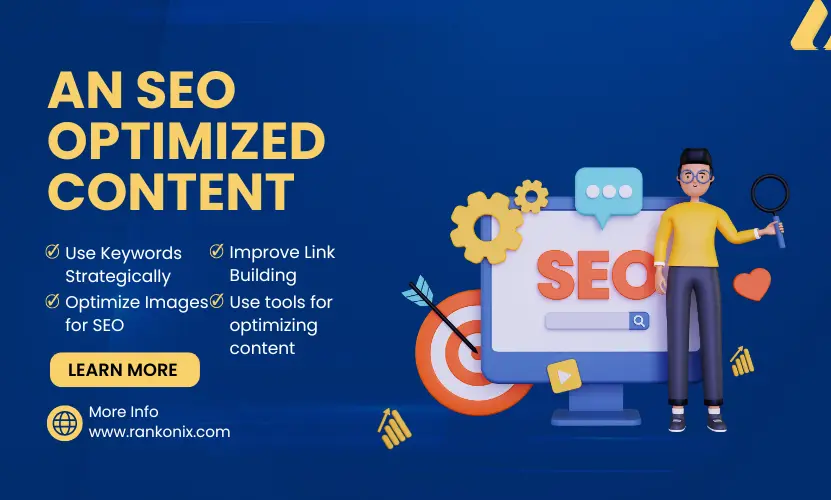
Writing a blog post is just the beginning—optimizing it for SEO is what ensures it connects with your target audience.
Key Techniques
- Use Keywords Strategically: Place your main keyword, like “content optimization tips for blogs,” in the title, the first 100 words, and at least one subheading (H2). This helps search engines understand your content focus.
- Improve Link Building: Add internal links to relevant pages on your site to improve navigation and keep readers engaged. Use external links to trusted sources to establish authority and credibility.
- Optimize Images for SEO: Use descriptive alt text for every image and include keywords such as “top tools for optimizing content.“ Compress images to ensure faster page load times, which helps with rankings.
By following these proven SEO techniques, your optimized blog content will rank higher on Google, attract more traffic, and keep readers coming back for valuable insights.
6. Use High-Quality Images and Videos
Visual elements play a crucial role in elevating user experience and boosting engagement.
How to Optimize Visuals
- Optimize Images for Faster Loading: Compress image files to reduce size without losing quality. Fast-loading pages improve user experience and boost SEO rankings.
- Use Keyword-Rich Alt Text: Add descriptive alt text with relevant keywords like “content optimization tips for blogs“ to improve search engine visibility and accessibility.
- Add Engaging Videos to Your Content: Use relevant videos to explain complex ideas clearly. Videos make your content more engaging, help increase shares, and improve SEO by keeping visitors on your site longer.
Using high-quality visuals and media not only enhances your content’s appeal but also improves important metrics like page dwell time and lowers bounce rates—both critical for better SEO performance.
7. Incorporate LSI Keywords
Latent Semantic Indexing (LSI) keywords play a crucial role in helping search engines grasp the context of your content, ultimately boosting its visibility in search results.y.
What Are LSI Keywords?
LSI (Latent Semantic Indexing) keywords are related terms or phrases that help search engines understand the context of your content. Using LSI keywords can improve your SEO by making your content more relevant and comprehensive. For example, if you’re writing about “content optimization tips,” some LSI keywords could include:
- “SEO content strategies”
- “On-page SEO tips”
- “How to boost content rankings”
How to Find LSI Keywords
Finding LSI keywords is easy:
- Use keyword tools like LSIGraph, SEMrush, or check Google’s “People Also Ask” section and related searches.
- Add these keywords naturally to your content to improve readability and avoid keyword stuffing.
By incorporating LSI keywords strategically, you’ll not only improve your content’s ranking potential but also make it more valuable to readers and search engines alike. Enrich your content with these keywords today and see a boost in SEO results!
8. Write for Humans and Search Engines
Creating the perfect SEO content strategy is all about balancing readability with optimization. Engaging, well-optimized content helps improve search rankings and keeps your audience on the page longer.
Top Tips to Increase Engagement and Boost SEO
- Write in a Conversational Tone: Use simple, friendly language that connects with your audience and encourages them to stay on your site.
- Answer Common Questions: Address frequently asked questions directly to improve user experience and lower bounce rates.
By focusing on keywords, user intent, and readability, you can create SEO-friendly content that drives traffic, keeps readers engaged, and ranks higher in search results.
9. Update and Repurpose Old Content
Maximize Your Traffic by Updating Old Content
Your existing content can drive new traffic with simple updates and smart repurposing. Follow these steps to keep your content fresh, relevant, and SEO-friendly:
- Update Outdated Information: Review your content for old statistics or examples and replace them with accurate, up-to-date information.
- Optimize with New Keywords: Add high-ranking keywords like “SEO content strategy” or “content optimization tips” to match current search trends.
- Repurpose for More Visibility: Turn blog posts into videos, infographics, or social media posts to expand your reach and boost engagement.
Regularly refreshing your content improves SEO rankings, keeps it valuable for readers, and attracts a wider audience. Start optimizing today!
10. Utilize the Best Content Optimization Tools
The best Content Optimization Tools can streamline and elevate your content optimization process.
Must-Have Tools for Content Optimization
- Yoast SEO: Perfect for on-page optimization and readability analysis.
- SEMrush: Ideal for keyword research and tracking content performance.
- Grammarly: Essential for refining grammar and enhancing clarity.
These powerful tools not only save you time but also help you achieve better, more impactful results.
11. Monitor Essential SEO Metrics
Tracking your performance ensures you stay on the right path.
Key Metrics
- Organic Traffic: Tracks how many visitors come from search engines.
- Bounce Rate: Identifies how many users leave without engaging.
- Average Time on Page: Measures content engagement.
Regular monitoring helps refine your content strategy for better results.
12. Stay Consistent and Up-to-Date
Consistency and adaptability are vital for long-term success in SEO.
Actionable Tips
- Regular Updates: Keep your content fresh and relevant.
- Follow SEO Experts: Stay informed about algorithm changes by learning from industry leaders.
- Experiment: Test new strategies and tools to stay ahead.
By following these 12 content optimization tips, you’ll not only enhance your SEO but also provide value to your audience. Whether it’s leveraging step-by-step content SEO tips or using the best content optimization tools, these strategies are your roadmap to success.
Conclusion
Boost your website’s performance with these 12 must-know content optimization tips! Learn how to increase organic traffic, improve search engine rankings, and drive higher engagement with your audience. Whether you’re new to SEO or looking to refine your current strategy, these easy-to-follow SEO techniques, combined with the top content optimization tools and actionable blogging tips, will help you stay ahead of the competition.
Ready to take your SEO strategy to the next level? Let Rankonix guide you with proven methods designed to deliver real, measurable results. Visit Rankonix today to see how we can help you rank higher on Google, grow your audience, and achieve your business goals!
FAQs
Q. What is content optimization in SEO?
Content optimization in SEO involves enhancing your content to appeal to both search engines and users. This process includes integrating relevant keywords, improving readability, incorporating multimedia, and organizing content in a clear, logical structure.
Q. What are the best tools for content optimization?
Some of the top tools for content optimization include Yoast SEO for on-page improvements, SEMrush for keyword research and site audits, Grammarly for refining readability, and Hemingway Editor for simplifying complex text.
Q. How can I effectively apply blog content optimization tips?
Start by conducting thorough keyword research to target the right audience. Use captivating headlines, strategically place internal and external links, and structure your blog with clear headings and subheadings to enhance readability and engagement. These blog content optimization tips will help you create more effective and engaging posts.
Q. Why is mobile optimization crucial for content?
With the majority of web traffic coming from mobile devices, ensuring your content is mobile-friendly is essential. Mobile optimization improves user experience by enabling faster page loading and better navigation, which in turn boosts engagement and SEO performance.
Q. How often should I update my content for SEO?
Regularly refreshing your content, particularly older posts, is vital to stay relevant and maintain rankings. Update information with the latest insights, revisit keywords like “content optimization tips,” and repurpose content into different formats to keep it fresh and valuable for your audience.
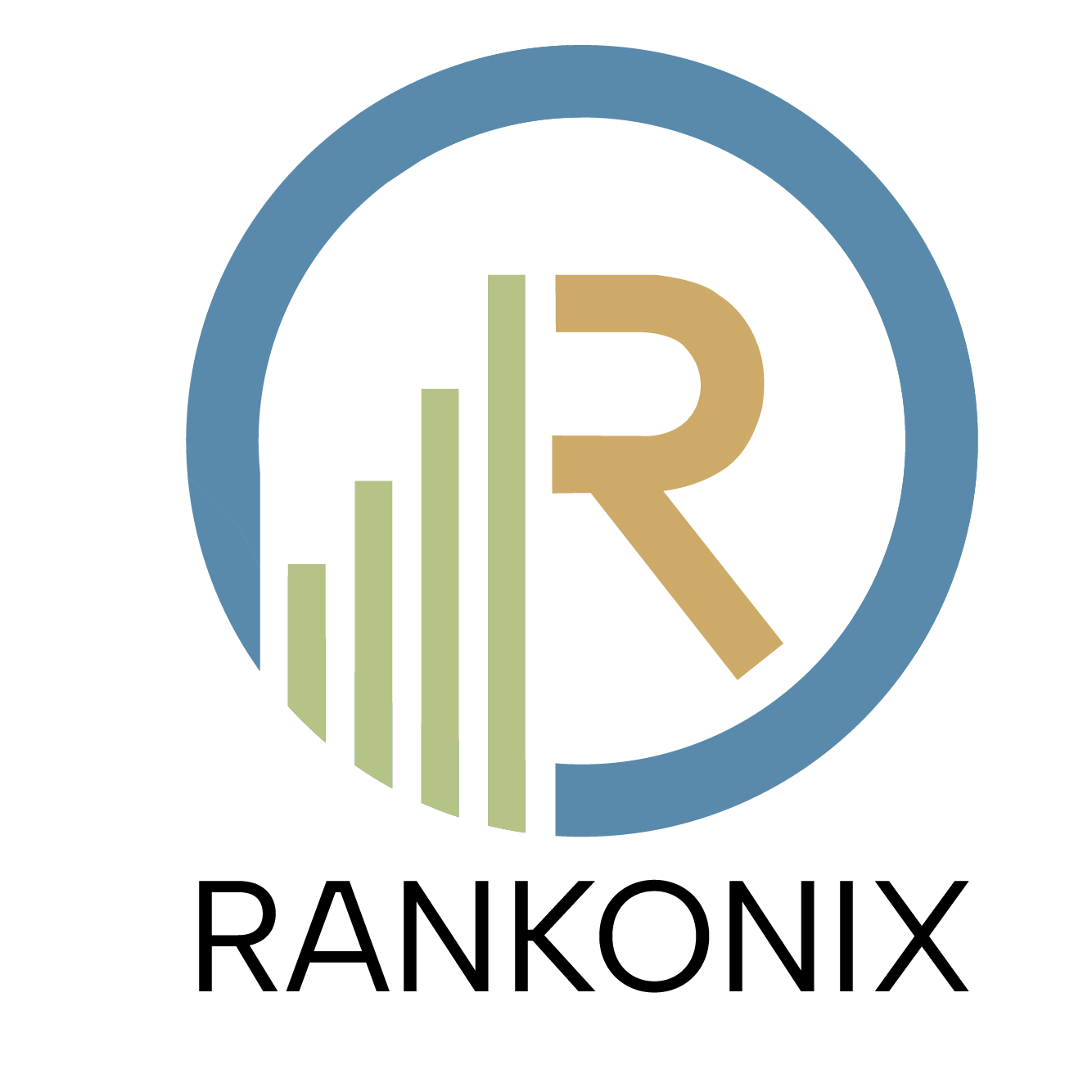
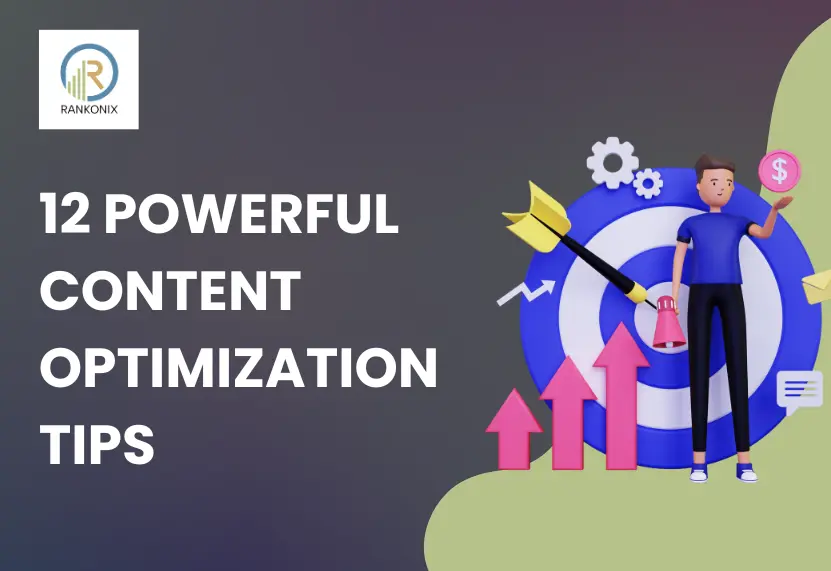
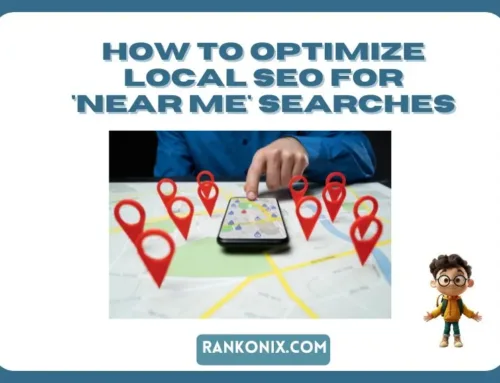
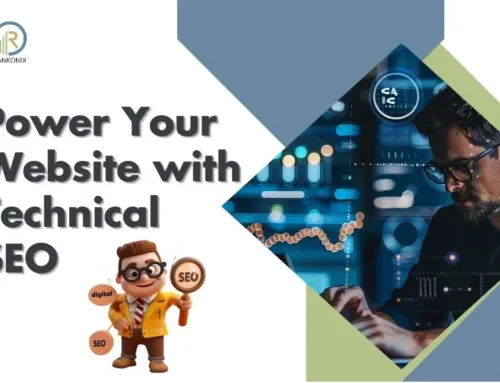
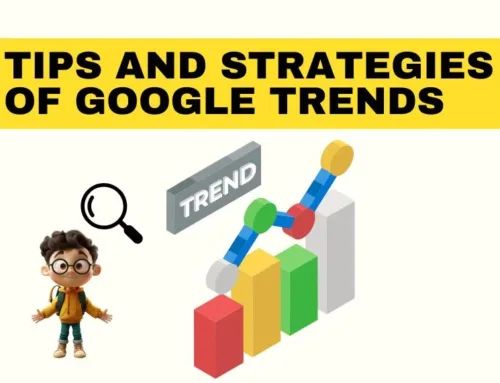

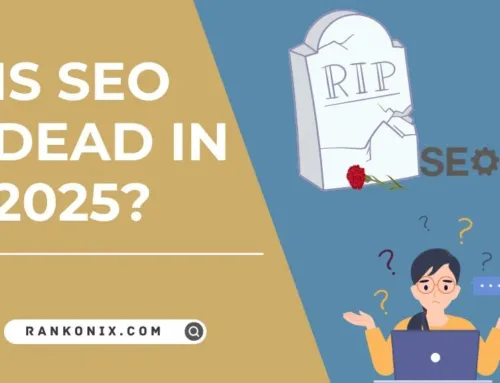
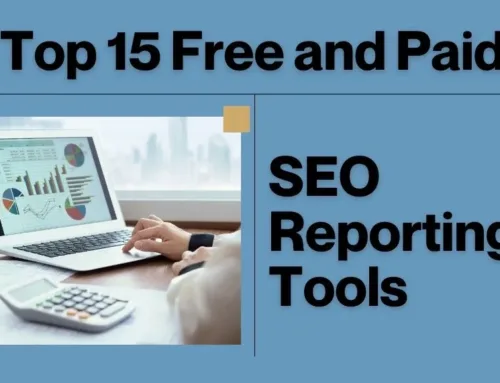
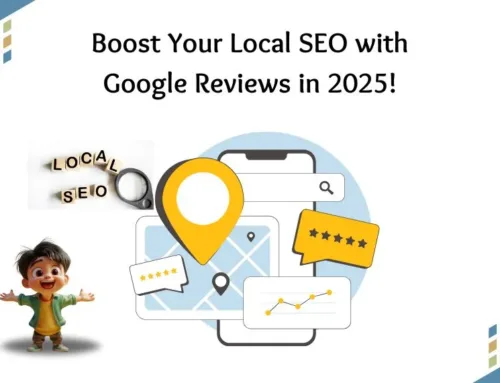

[…] Previous LSI Keyword Research: The Ultimate Guide to Boost Your SEO Rankings […]
Wonderful article! That is the type of info that are supposed to be shared acroiss the net.
Disgrace on Google for not positioning this submit higher!
Come on over and visit my website . Thasnks =)
Greetings I am so grateful I found your weblog, I really found you by error, while I was browsing on Aol for something else, Nonetheless
I am here now and would just like to say thanks a lot for a fantastic post
and a all round exciting blog (I also love tthe theme/design), Idon’t have time to browse it all at
the moment but I have saved it and also added
your RSS feeds, so when I have time I will be back to read much more,
Please do keep up the excellent job.
Simply wish to say your article is as amazing. The clearness in your put up is simply
excellent and that i can think you are a professional in this subject.
Well together with your permission allow me to grab
your feed to keep up to date with imminent post.
Thanks a million and please carry on the enjoyable work.
[…] this: you’ve poured hours of effort into crafting amazing content, yet visitors leave your site within seconds. Why? They’re either not finding what they’re […]
[…] Content optimization is the key to improving your website’s search engine rankings, increasing visibility, and connecting with your target audience. By optimizing elements like keywords, headings, metadata, and readability, you create content that works for both search engines and readers. […]